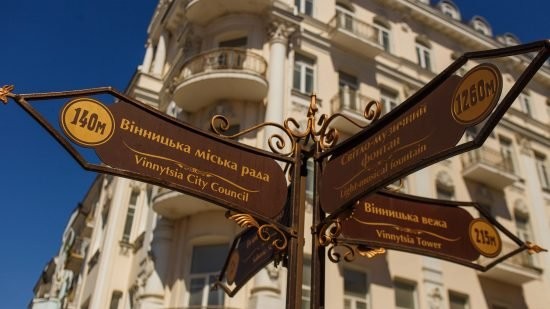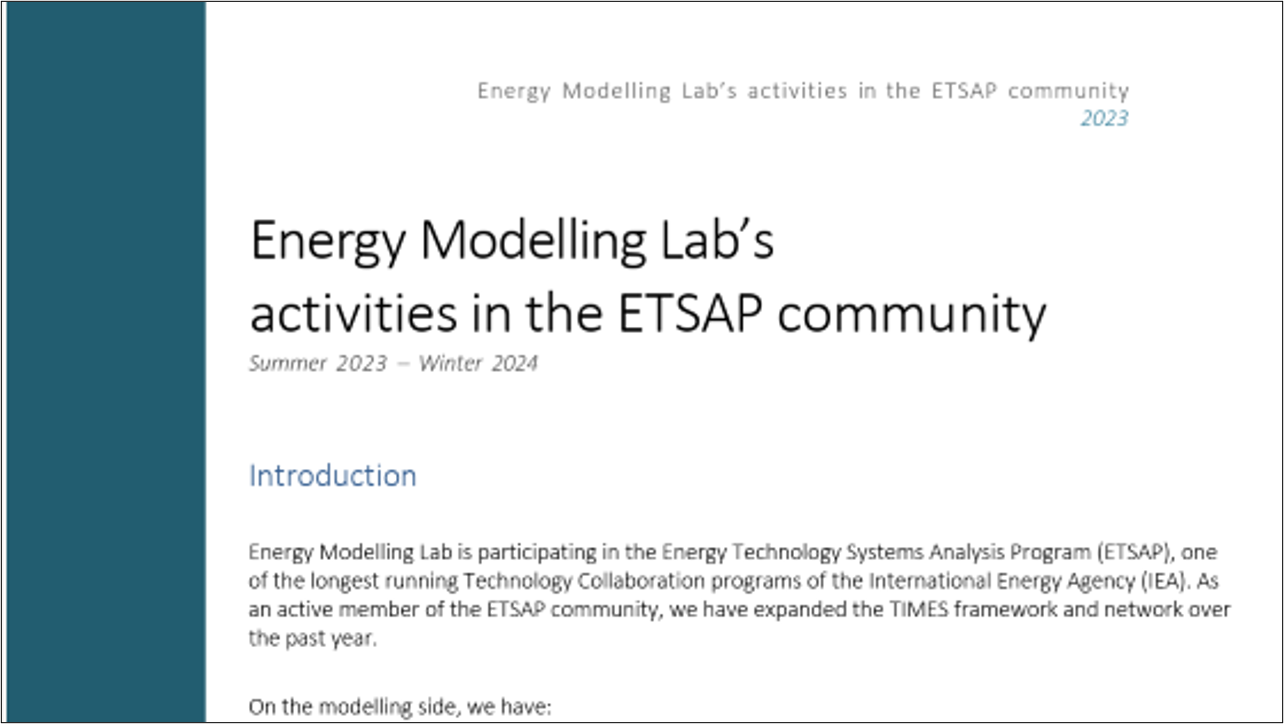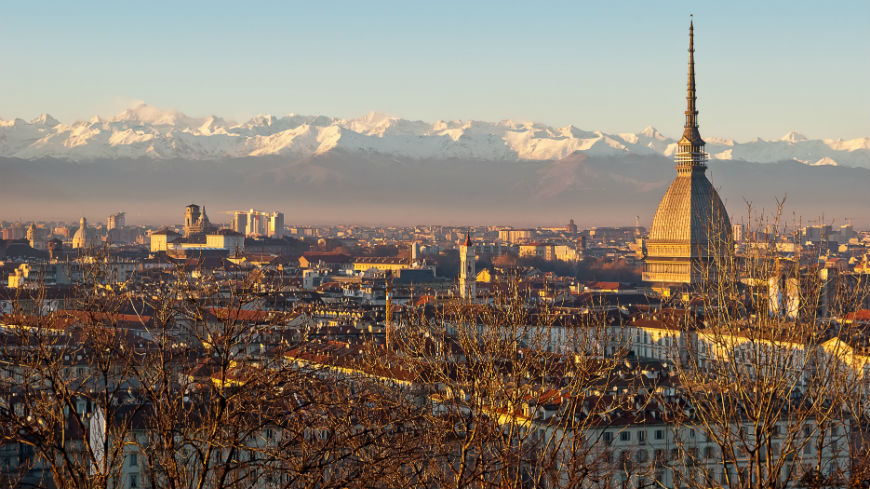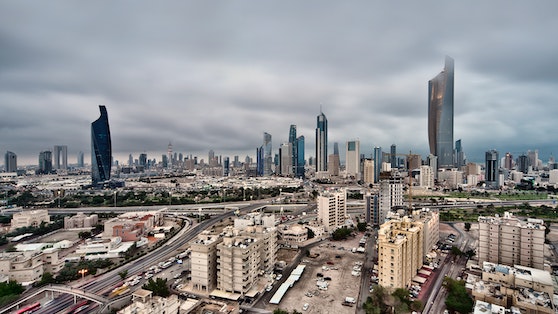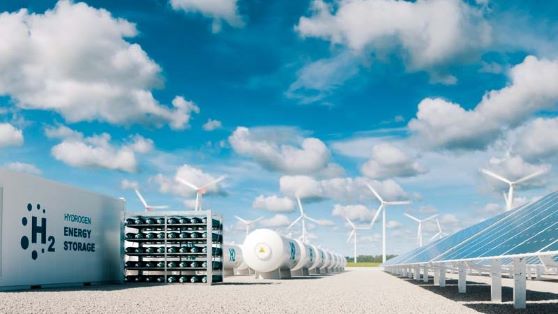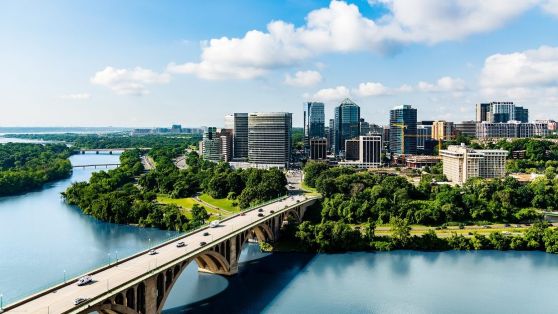
The American company Brightcore Energy has assigned EML to build a tailored energy systems model, the TIMES-Arlington model. The company can use the model to make recommendations for investments in new technologies regarding renewing and optimizing energy supply.
The model represents a school’s heating and cooling systems and an adjacent neighborhood in Arlington, Massachusetts. At the outset, the systems are supplied by only natural gas (main source) and some electricity. The buildings have individual AC units.
EML has considered local resources such as river and sewage water. In numerous scenarios, we have tested production, storage, and grid capacities, and space heat, space cooling, and hot water production in different combinations of technologies.
Our initial analysis has shown that a mix of geothermal and air-source pumps is the most feasible and lowest-cost solution for a future system.
Total discounted costs of systems
The analysis included the costs of grid expansion and the building of new pipes. Furthermore, we tested the optimal percentage of residential houses to be connected to the different kinds of pumps. We could demonstrate significant differences in total discounted costs of systems between tested mixes.
In addition to total system costs for different technology mixes, our analysis included CapEx breakdowns and estimates of primary energy supply and final energy consumption.
The TIMES-Arlington model is set to optimize the system for the milestone years 2024, 2030, 2040, and 2050.
Load profiles and accurate system sizing
To ensure accurate system sizing according to the load demands and to reflect peaks, we selected eight representative weeks based on load profiles. Each selected week captures the load behavior of a specific season. The resulting time series distinguishes between weekdays and non-weekdays and represents 24 hours per day. This method also minimizes computational time.

MODELLING
The TIMES-Arlington model is developed using the TIMES energy systems modelling framework. It represents a school’s heating and cooling systems and an adjacent neighbourhood in Arlington, US.

SCENARIOS
We have tested production, storage, and grid capacities, and space heat, space cooling, and hot water production in scenarios with different combinations of technologies.

REPORT
In addition to total discounted system costs of different technology mixes, our analysis included CapEx breakdowns and estimates of primary energy supply and final energy consumption.
Client: Brightcore Energy
EML-team: Ida Græsted Jensen, Andrea Marian Radozynski, and Till ben Brahim
Duration: October 2024 – January 2025

